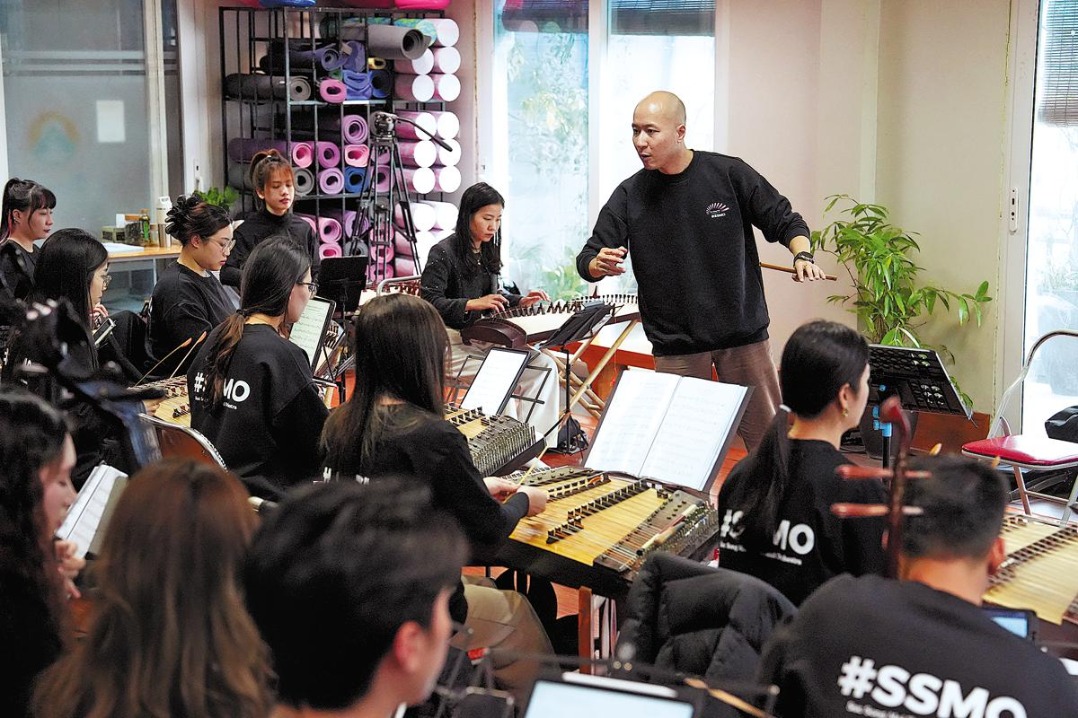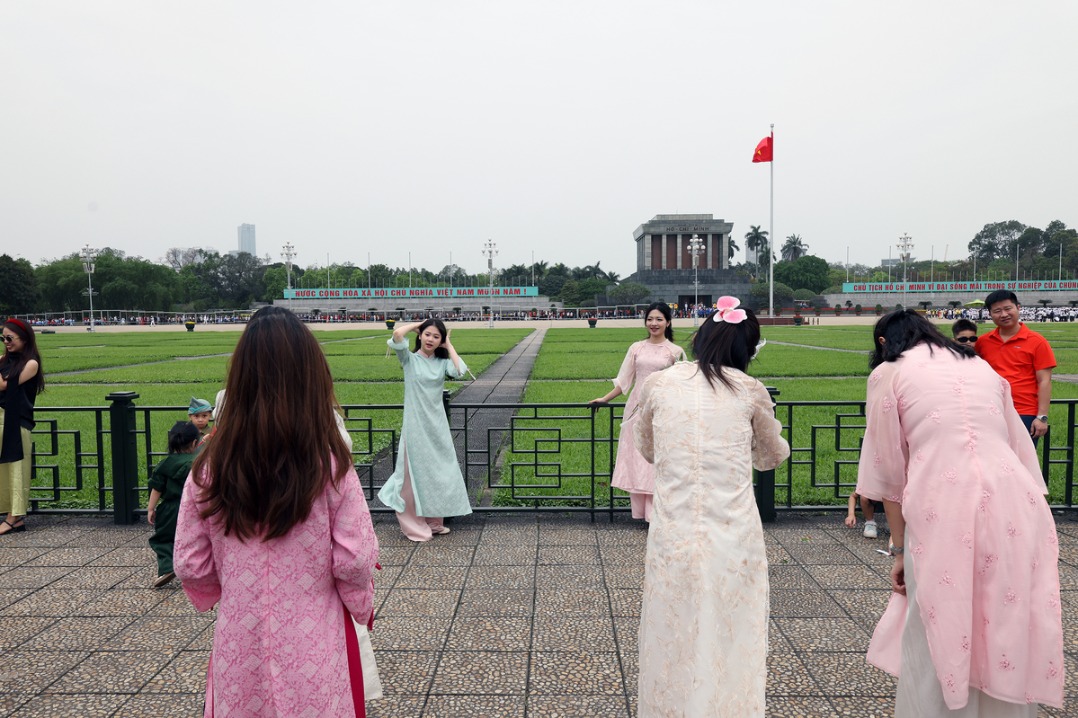Key findings unearth a tale of fascination
By Ma Zhenhuan | China Daily Global | Updated: 2023-07-11 08:35

Archaeological discoveries shine a revealing light on ancient lifestyles, Ma Zhenhuan reports in Hangzhou.
Archaeological discoveries in Dahutou and Nanshan in Yuecheng district, Shaoxing, Zhejiang province, have shed a fascinating light on daily life in the Eastern Zhou Dynasty (770-256 BC).
This is especially meaningful for the study of the ancient capital and the culture of the Yue State during the Spring and Autumn Period (770-476 BC).
"Two wooden oars were unearthed from the relic site of Dahutou, which is the first wooden oar from the Eastern Zhou Dynasty unearthed in Shaoxing, providing materials for the study of its water town," You Xiaolei, director of the Shang and Zhou Dynasties Archaeological Office of the Zhejiang Provincial Institute of Cultural Relics and Archaeology, tells China Daily.
You says that copper and iron casting was well-developed in the Yue State, which was especially famous for its bronze swords. "For the first time, lead ingots from the Yue State were unearthed, providing key information regarding the state's copper and iron casting process.
"In addition, we found a set of porcelain musical instruments, comprised of three cylinder-like percussion instruments and six others resembling ancient chime bells," says You, adding that these kinds of musical instruments were generally found in the tombs of nobles of the Yue State.
"This is the first time that a group of musical instruments has been unearthed at a site of the Yue State, providing precious materials for the study of the Yue ritual system."

Since 2021, archaeologists have also discovered a large number of agricultural clues from the Spring and Autumn Period and the Warring States Period (475-221 BC) at the site. These include rice, rice husks and rice spikelet. It is believed that rice was the main food at that time.
In addition, archaeologists unearthed vegetable seeds, such as those of gourds, as well as plum, peach, persimmon, melon and grape seeds.
"The excavation at the relic site of Dahutou reveals rural settlements of the Yue culture and unveils details of the lives of our ancestors from more than 2,000 years ago, promoting progress in Yue culture research," You says.
At the relic site of Nanshan, a large number of stone tools were found, as well as ceramics, bronze tools and weapons.
























